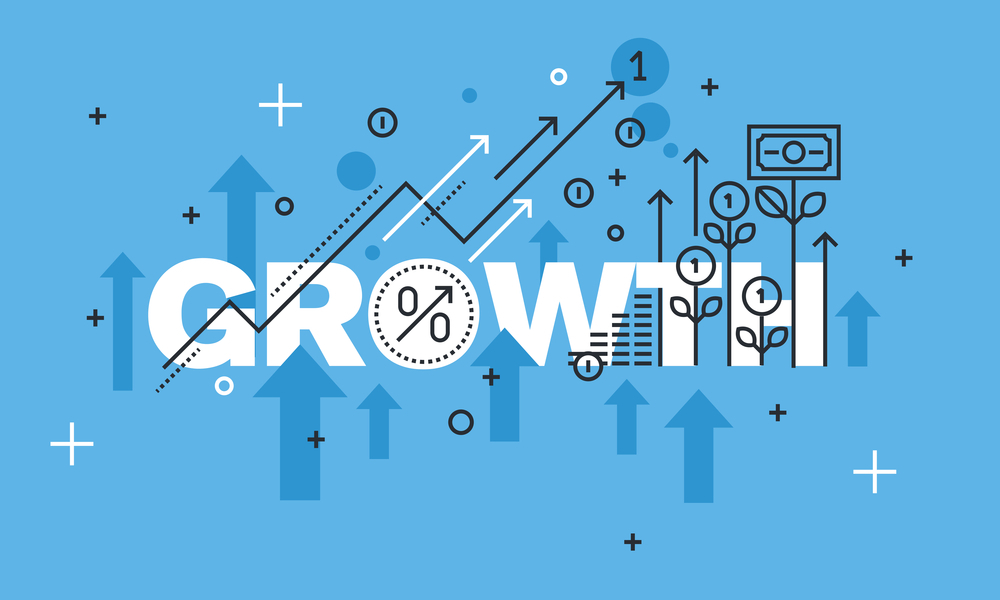Have you ever felt stuck in neutral – break-even of your business? Well, you aren’t alone. A recent study shows that 72% of marketing leaders struggle to find new customers. From here, the game changer, growth marketing, comes in.
Whether you’re an experienced entrepreneur or just dipping your toes into the sauce of start-ups, understanding the ins and outs of Growth Marketing can be your ticket to success. As the great marketer Seth Godin once said, “Don’t find customers for your products; find products for your customers.”
With that wisdom in mind, let’s dive into what Growth Marketing is all about, why it matters, and how it can help your business exceed your expectations. Let’s dive in; here we go!
What Is Growth Marketing?
Growth marketing is a top-rated strategic technique to focus on accelerating business growth by utilizing data-driven techniques and experimenting with various channels.
Unlike traditional marketing, which often aims for broad brand awareness, Growth Marketing focuses on achieving measurable results such as increasing revenue, acquiring more customers, and enhancing user engagement. It involves continuous testing, iteration, and optimization to uncover the most effective strategies for driving sustainable growth.
What’s the Difference Between Growth Marketing and Traditional Marketing
Growth marketing, in particular, focuses on achieving rapid and sustainable business growth through various techniques. Let’s explore four essential practices that can propel your growth marketing efforts to new heights.
Mindset Shift
- Growth marketing works on a dynamic mindset that’s all about experimentation and adaptation.
- Traditional marketing tends to stick to tired -and-tested practices with no room for flexibility.
Data-Driven Decision Making
- Data reigns supreme in terms of growth marketing. Every single step is backed by insights and analytics, allowing for more targeted optimization.
- Traditional marketing might rely more on gut feelings and intuition, which can sometimes miss the mark.
Customer-Centric Approach
- Growth marketing puts the customer at the heart of every strategy. It’s all about understanding their needs, desires, and pain points and then tailoring campaigns accordingly.
- Traditional marketing might focus more on broadcasting a message than engaging with individual customers.
Embrace of Technology
- Growth marketing thrives in the digital realm, leveraging technology for automation, personalization, and scalability.
- Traditional marketing might be slower to adopt new tech, potentially missing out on opportunities in the rapidly evolving landscape.
Iterative Process
- Growth marketing is a continuous journey of testing, learning, and refining. It’s like planting seeds, nurturing them, and adapting as they grow.
- Traditional marketing often follows a more linear approach, with defined campaigns and endpoints.
Top Practices Aiming to Help You with Growth Marketing
Now, that you clearly understand what is growth marketing, what is the actual difference between growth marketing and traditional marketing? Let’s move toward what practices you should follow for a better growth marketing strategy.
1. A/B Testing – Unveiling What Works Best
A/B testing is also known as double testing or split testing. It involves comparing two distinct versions.
A/B testing, also known as split testing, is akin to trying out different keys to unlock the door to success. It concerns comparing two versions of a webpage, email, or ad to determine which one performs better. You gain valuable insights into customer preferences and behavior by systematically testing variables such as headlines, visuals, or calls to action.
For instance, did you know that A/B testing can lead to a 300% increase in click-through rates, as reported by Forbes? You can fine-tune your marketing campaigns by tweaking elements based on feedback for maximum impact.
2. Customer Feedback – The Compass for Direction
Growth marketing is all about listening to your customer’s toys to meet them. Their feedback serves as a guiding light, showcasing the path toward better products and services.
However, this feedback can be obtained through surveys, reviews, or social media interactions, and actively seek out and heed customer insights.
Research indicates that 72% of consumers say positive reviews increase their trust in a business, underscoring the significance of feedback. By leveraging customer sentiments, you can tailor your marketing strategies to address pain points and delight your audience.
3. Responsive and Flexibility – Dancing with Market Dynamics
Flexibility and a responsive attitude are the things that help businesses to rock up. These may include market fluctuation, trends emergence, and consumer preference shifts to succeed in a bustling environment, cultivating a mindset of responsiveness and adaptability.
A study by McKinsey found that companies that quickly adapt to modifying market conditions are more likely to outperform their peers. Whether it’s pivoting your messaging in response to current events or adjusting your targeting based on emerging trends, flexibility is key.
As Charles Darwin famously stated, “It is not the strongest of the species that survive, nor the most intelligent, but the one most responsive to change.” By remaining nimble and embracing change, you can stay ahead of the curve and drive sustained growth.
4. Multi-Channel Marketing Efforts – Casting a Wide Net
Consumers are inundated with messages from a multitude of channels. To effectively achieve and engage your target audience, adopt a multi-channel marketing approach. Whether it’s through social media, email, content marketing, or paid advertising, diversify your efforts to maximize visibility and impact.
Research indicates that companies using multi-channel marketing strategies achieve 3x higher effectiveness rates than single-channel approaches. You can amplify your brand presence and drive growth by meeting your audience where they are and delivering consistent messaging across various touchpoints.
Conclusions
In the words of Zig Ziglar, “Success occurs when opportunity meets preparation.” and growth marketing provides numerous opportunities. By utilizing these four essential practices—A/B testing, customer feedback, responsiveness, and multi-channel marketing—you can lay the foundation for a robust growth marketing strategy.
Don’t forget, that growth is not a destination but a journey, and these practices will serve as your compass for success.

